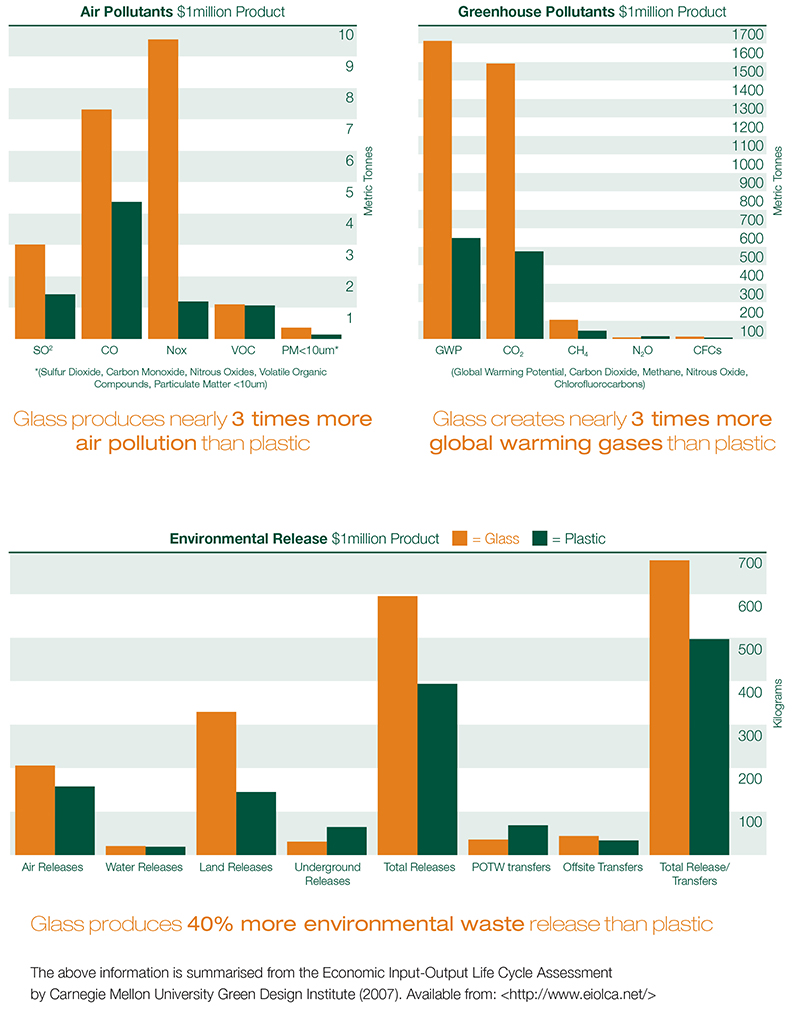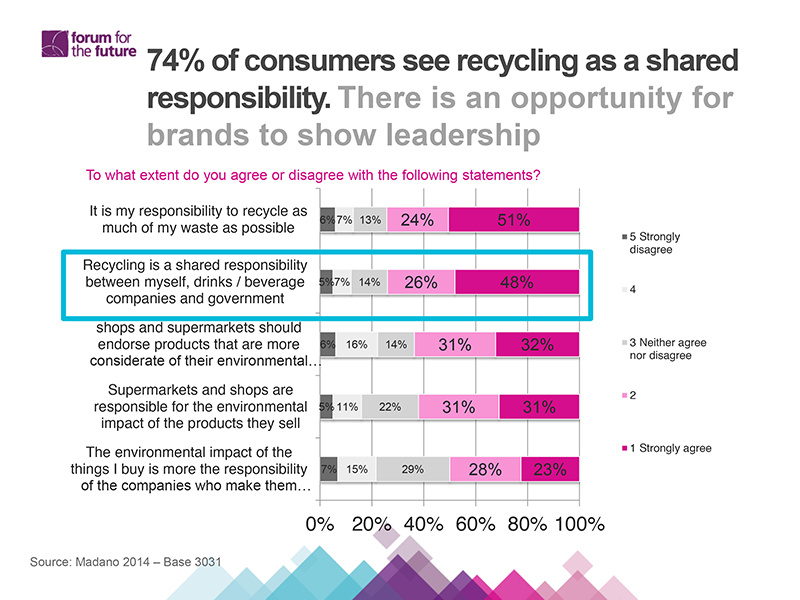What’s On Your Bar-Cart?
Or how the liquor industry could build a greener bottle.
Full disclosure. I love whiskey. I love its smell, I love its taste and texture. I love sipping a glass of whiskey at the end of a long day in the salt-mines: a simple reward for my day’s labor. I love men who like whiskey and I really love women who like whiskey. I’ve spent longer than I should wandering the woods of Kentucky and a few years ago I was part of a team that developed the concept, recipe and packaging for a white whiskey (sometimes called moonshine). In fact you might say I’ve never met a whiskey I didn’t like. One of the things I love about whiskey is the bottles it comes in. Some are forgettable but the best of them are marvelous objects, signaling a dedication to a tradition and culture that predates the Revolution.
But you know what I don’t love? Empty whiskey bottles. Not for the obvious reason (no more whiskey!!) but because I’m increasingly uncomfortable with the environmental cost of all those glass bottles and I’m not alone in feeling that way.
Now there’s only so many times you can up-cycle your empty whiskey bottles before your friends start questioning your sobriety, so what if bottles were designed to endure rather than be thrown away? What if instead of buying a new glass bottle each time you ran out of whiskey, you simply bought a refill? What if manufacturing costs were reduced by using synthetics instead of glass? What if shipping costs and environmental impact were reduced by lighter refill bottles? What if a brand took a stand for a better, greener way of packaging whiskey? Now that would be a whiskey I’d like to meet.
Ben Parker
Head of Strategy
Sources:
- Forum for the Future, May 2014.
- Economic Input-Output Life Cycle Assessment by Carnegie Mellon University Green Design Institute (2007).
Photo Credit: swanksalot via Compfight cc

